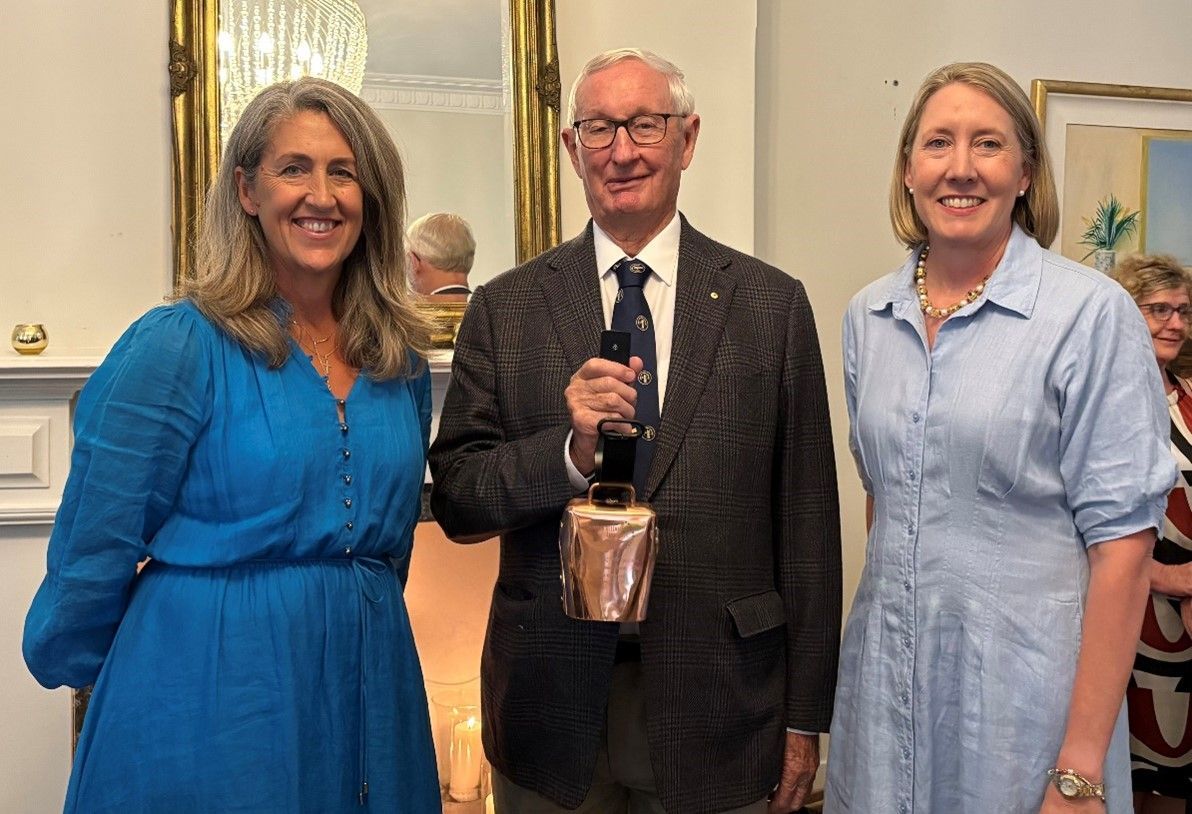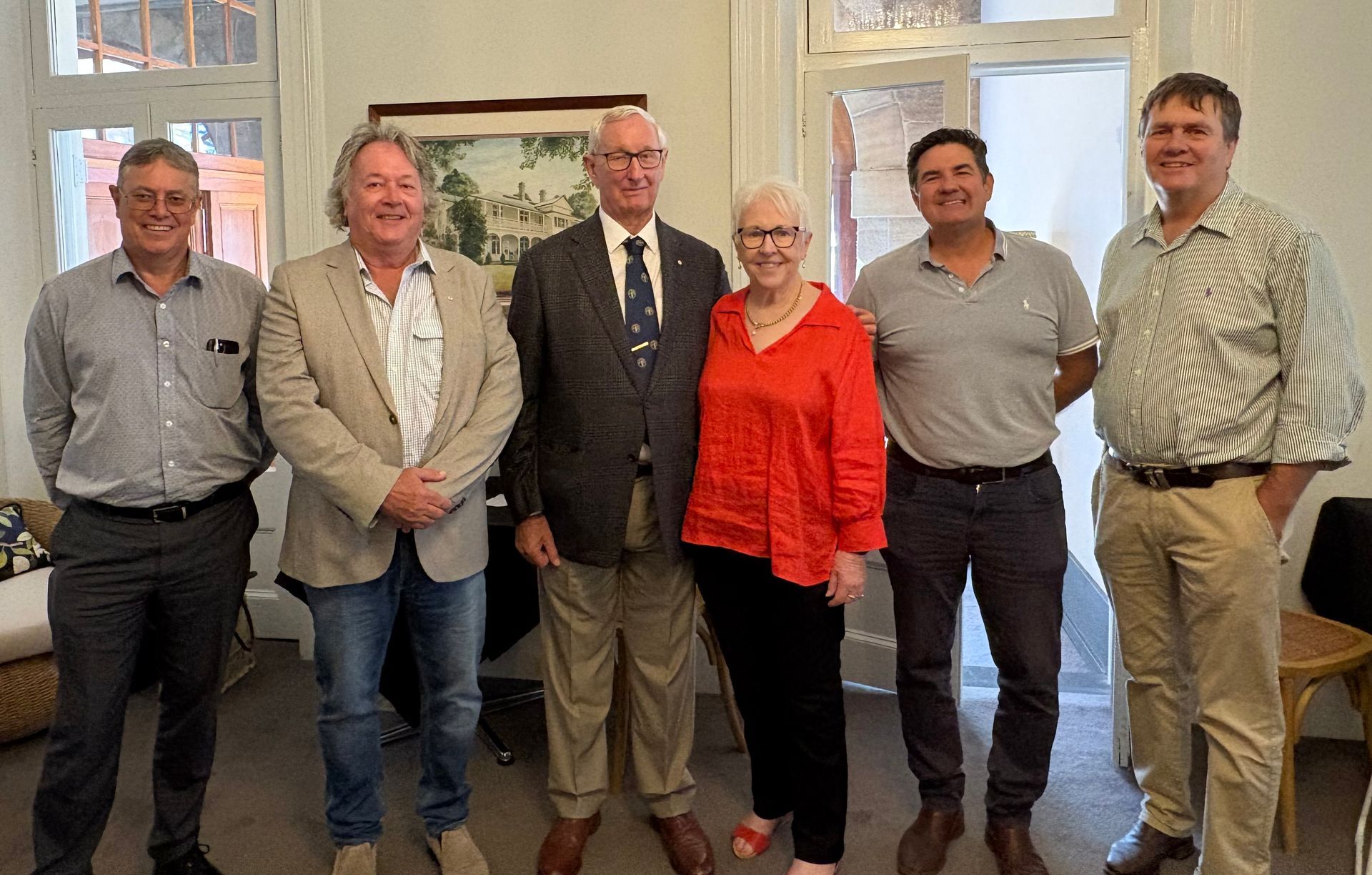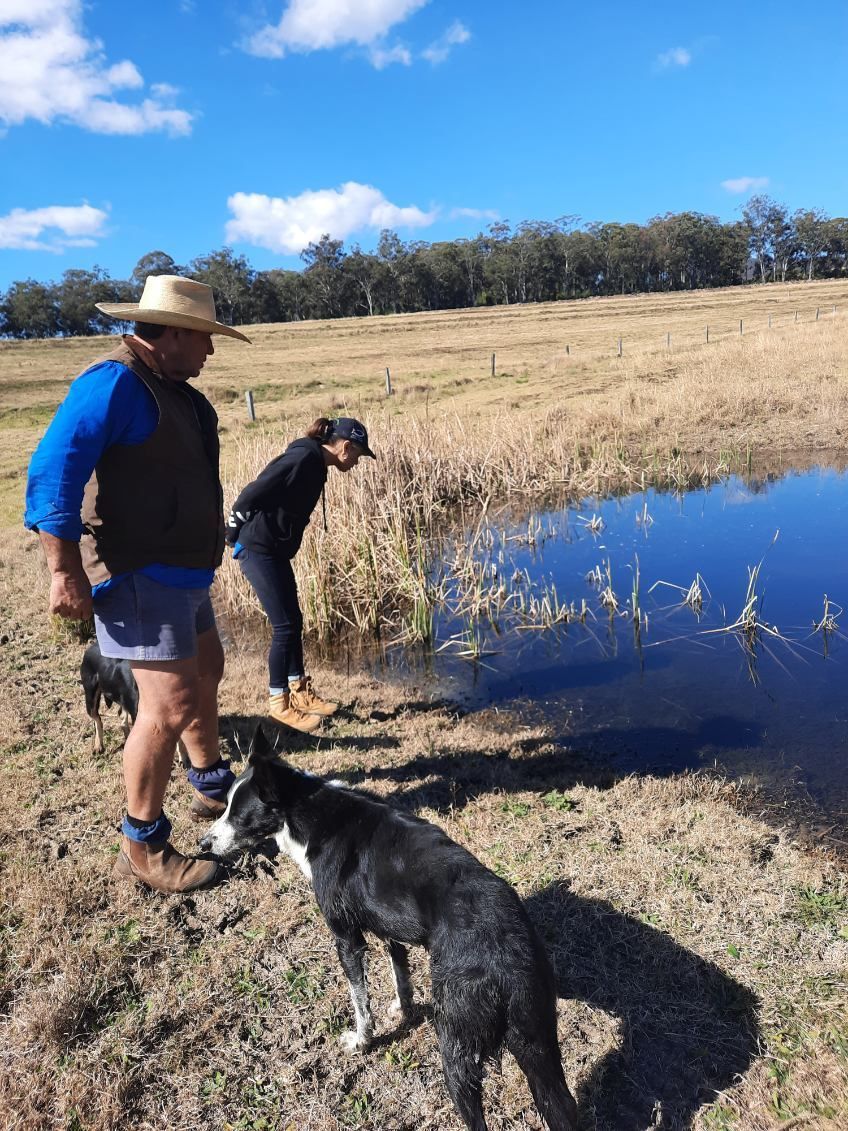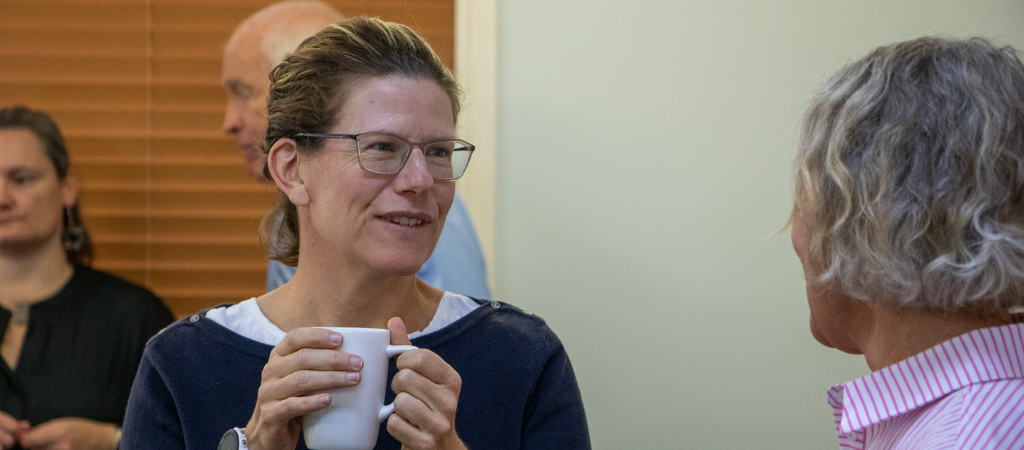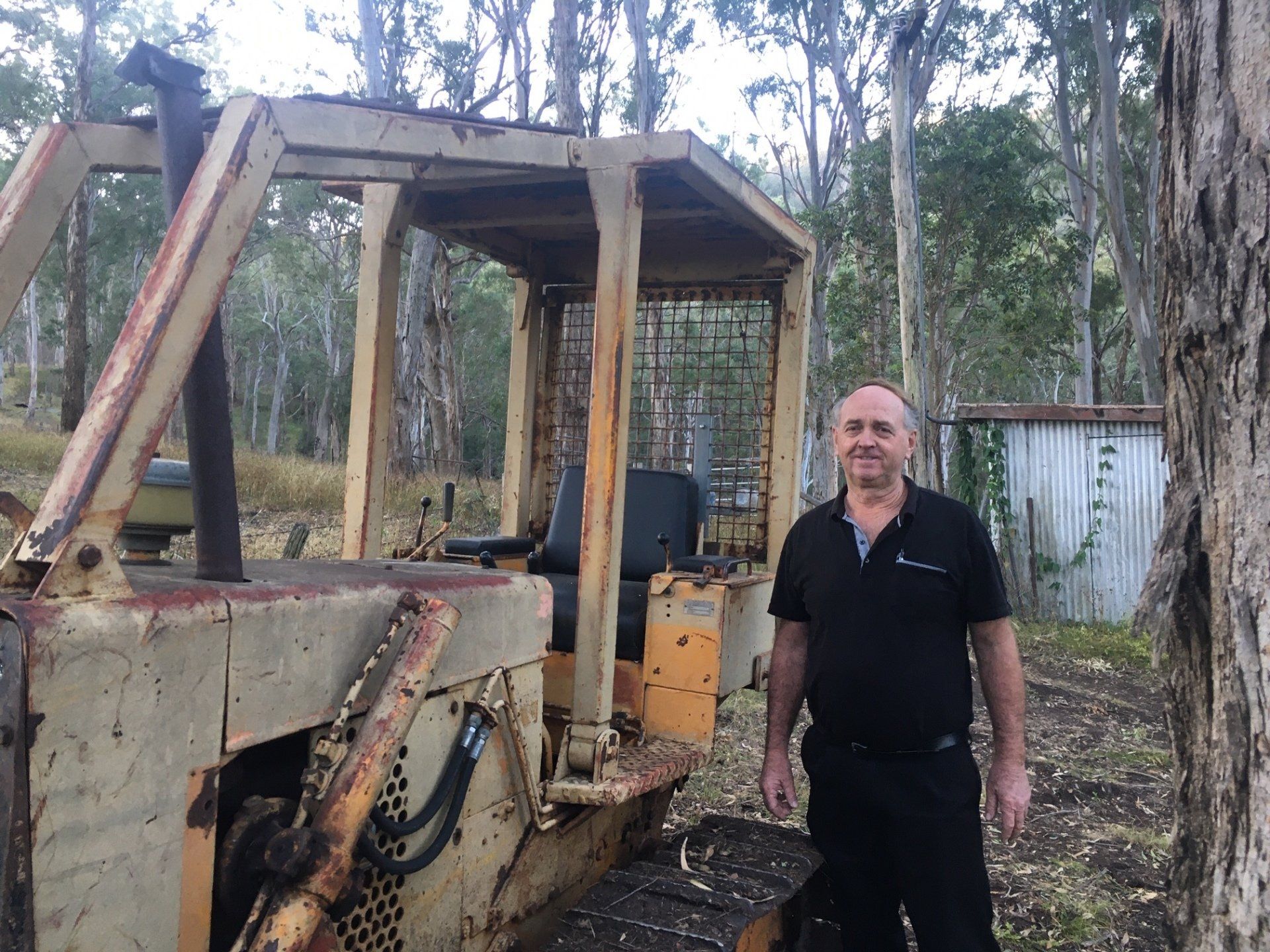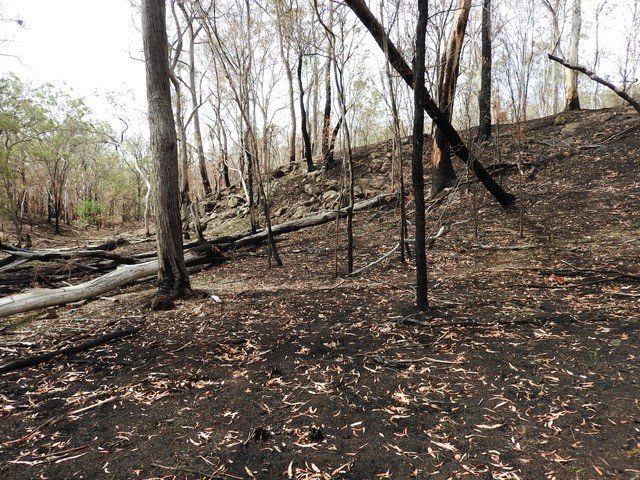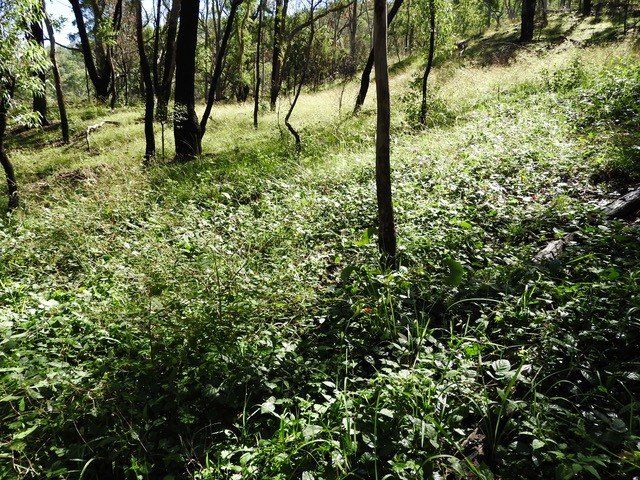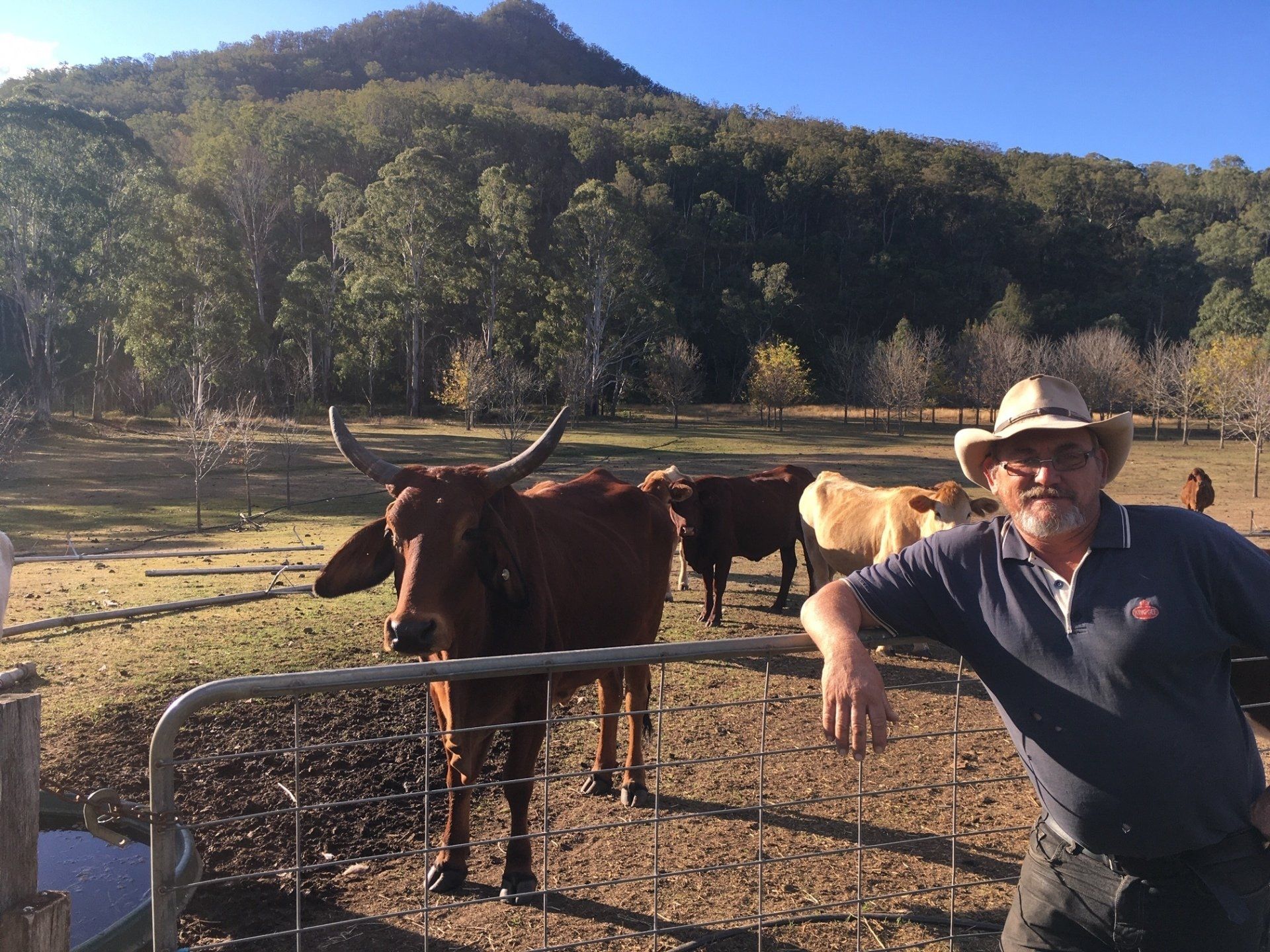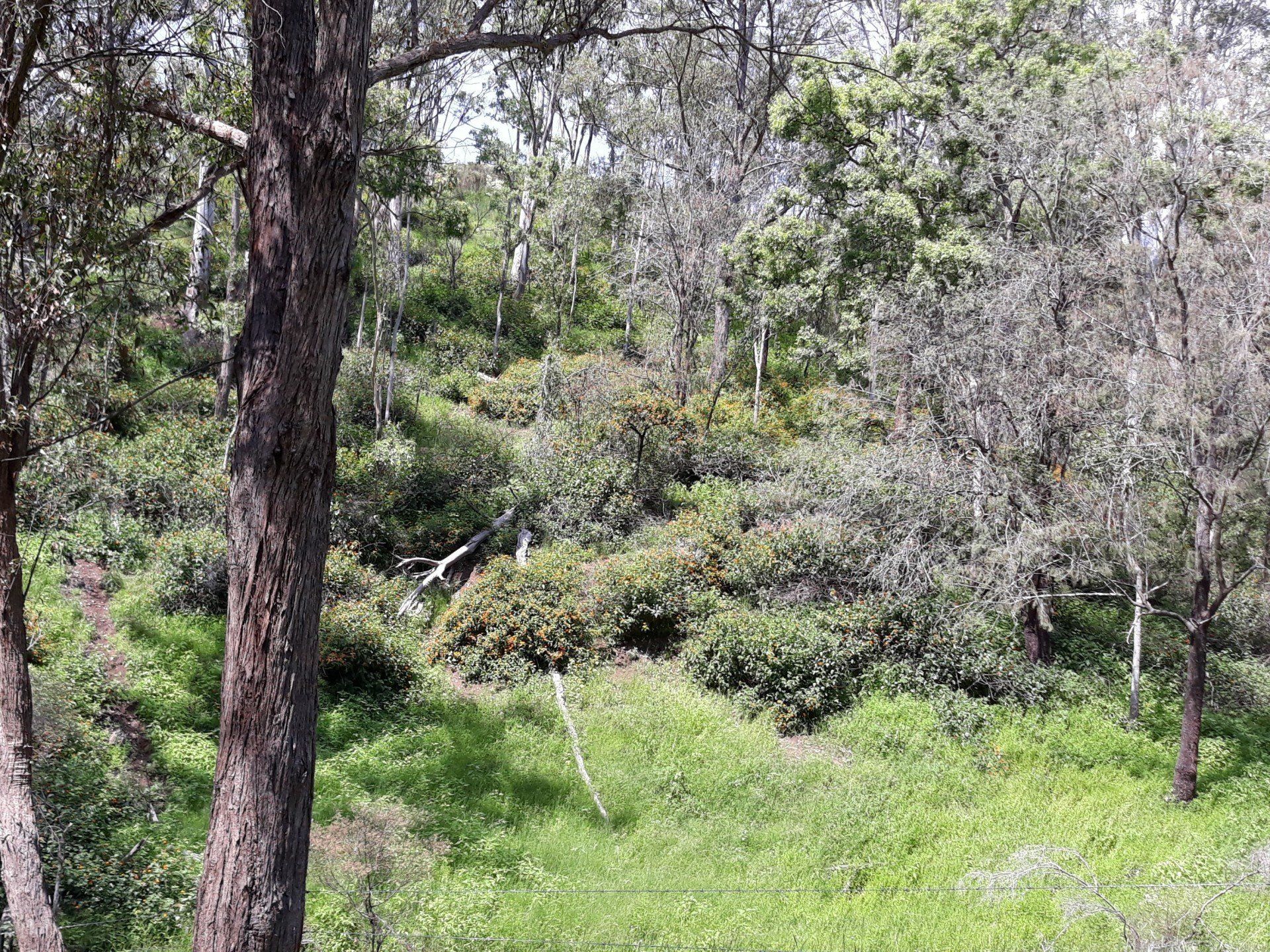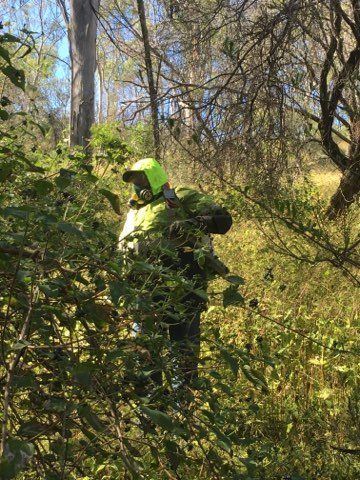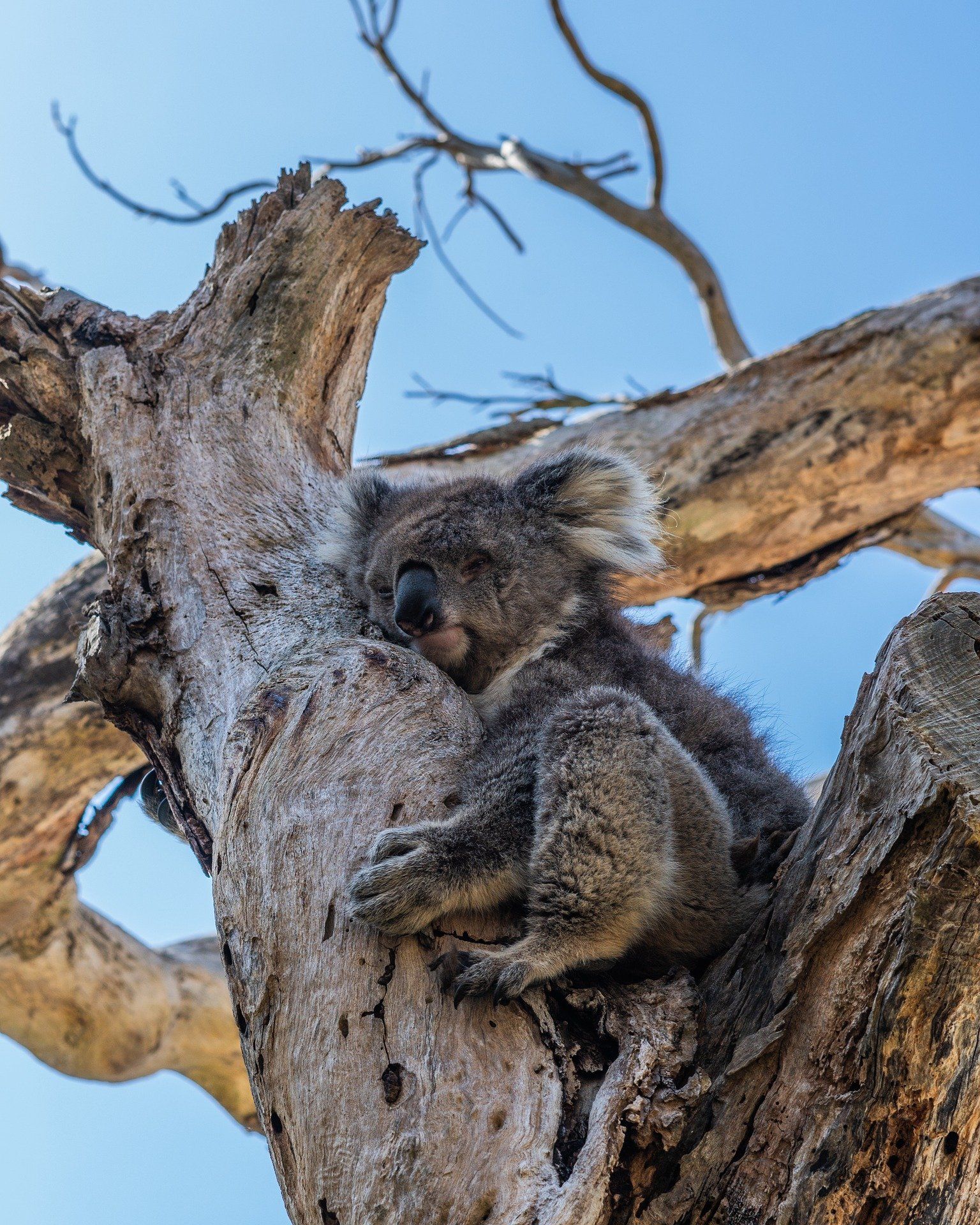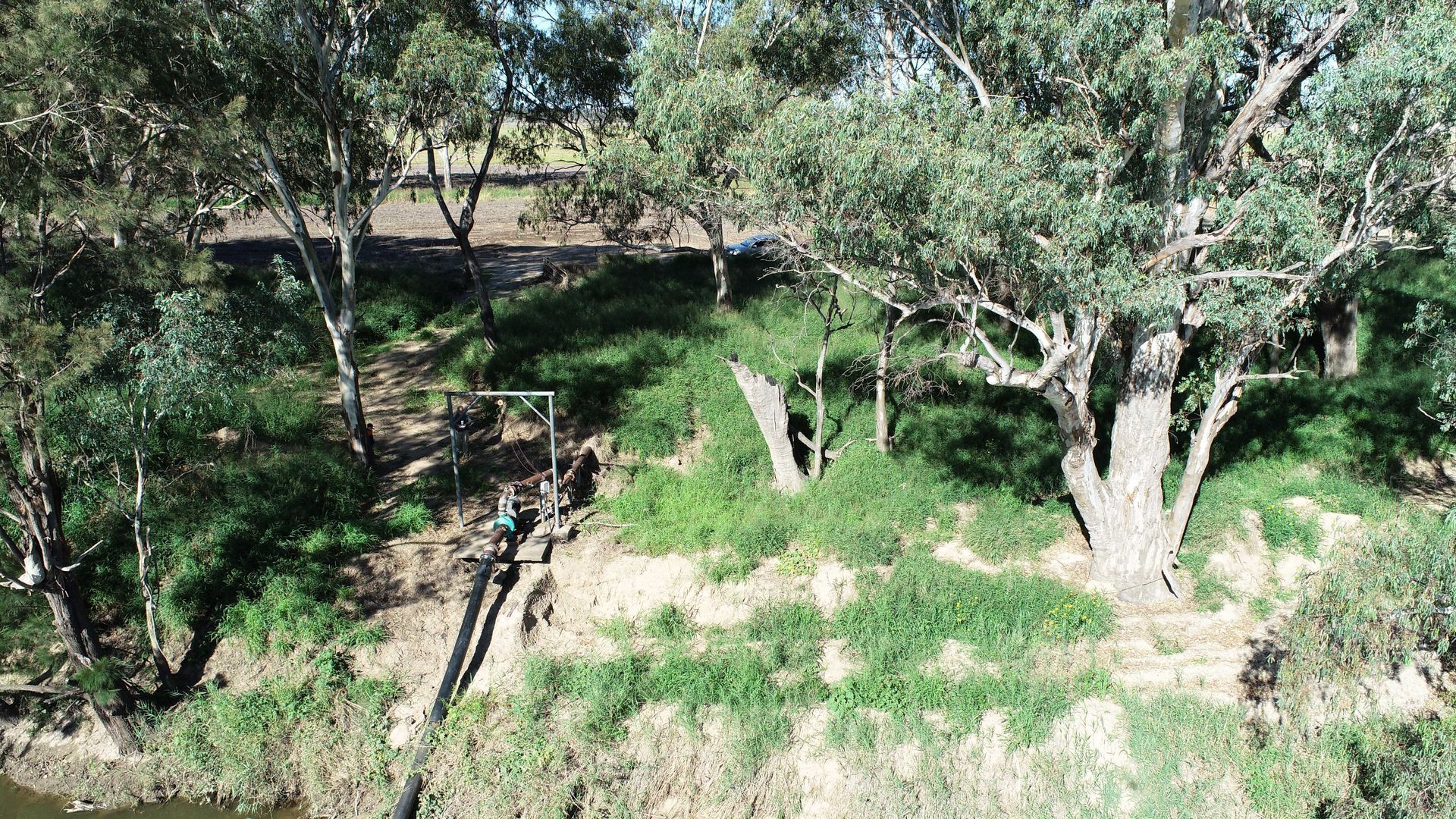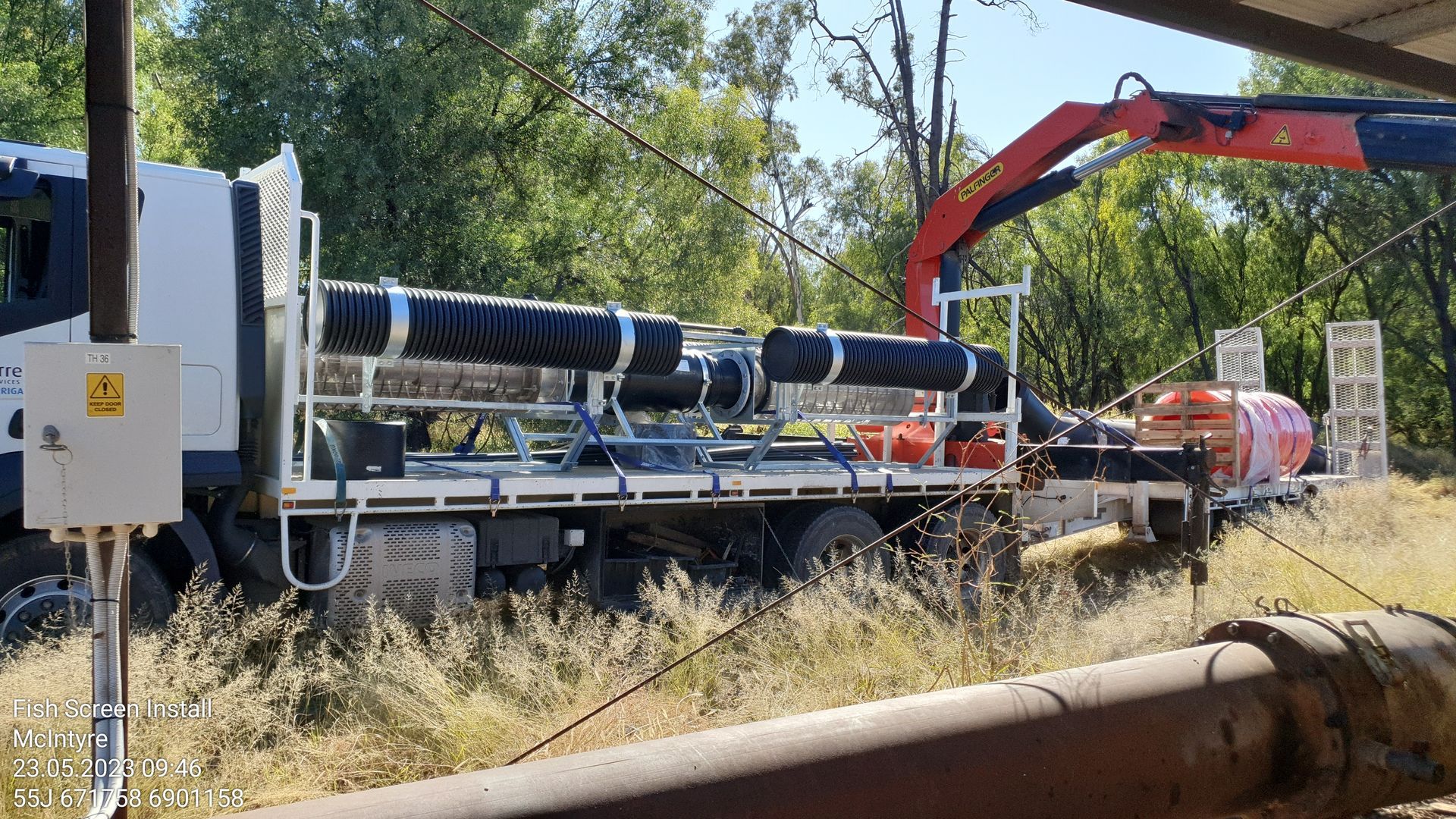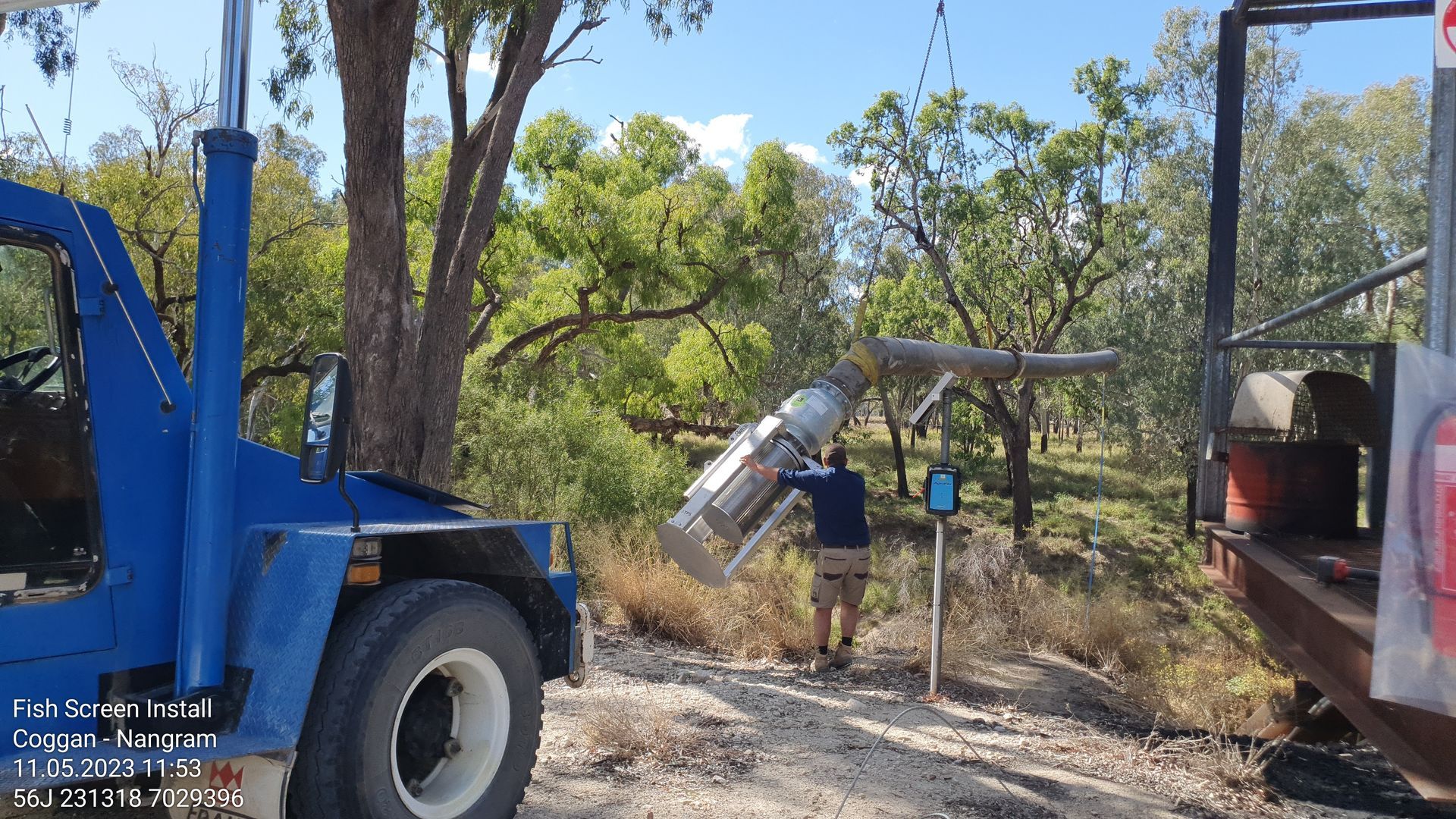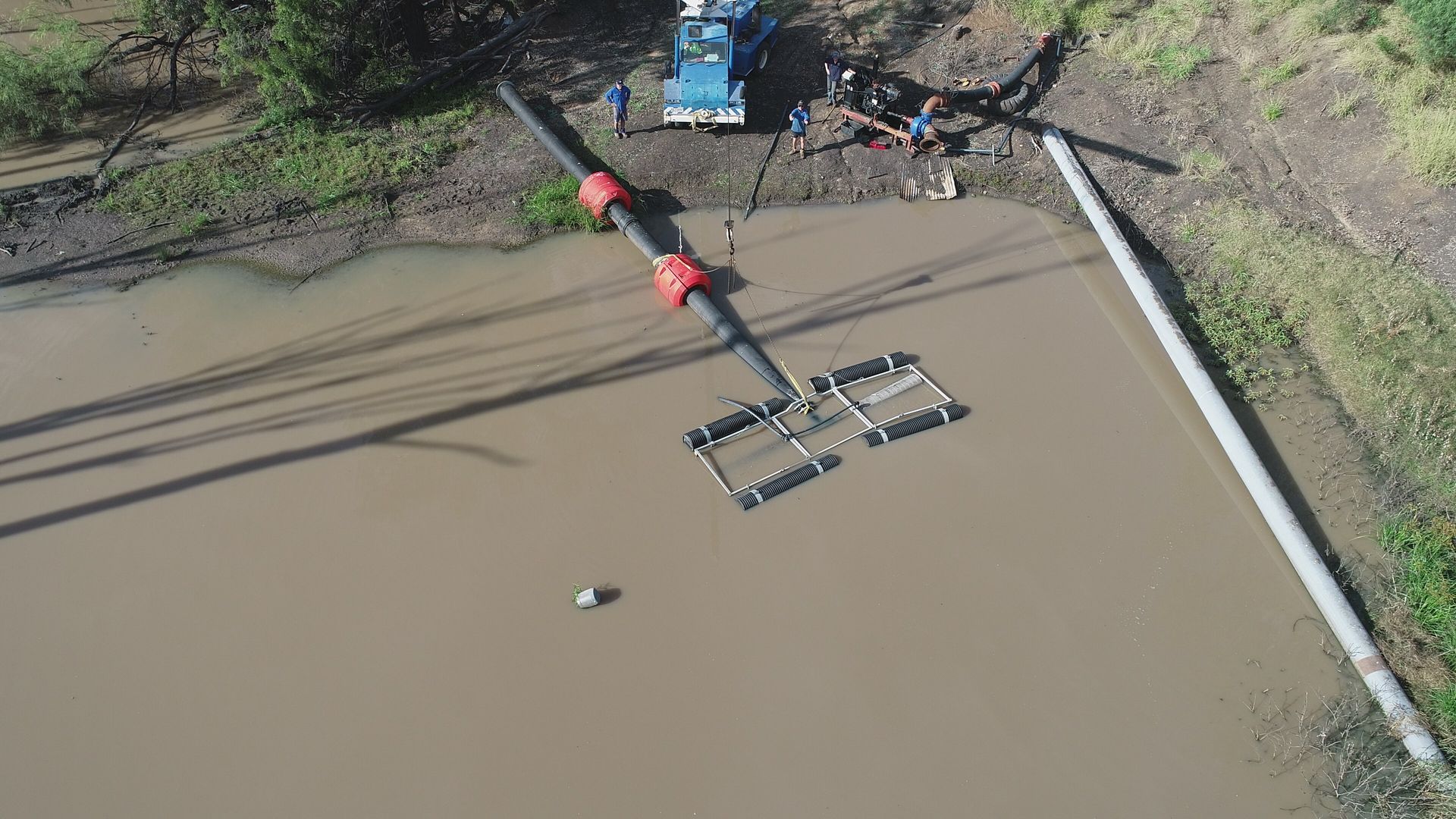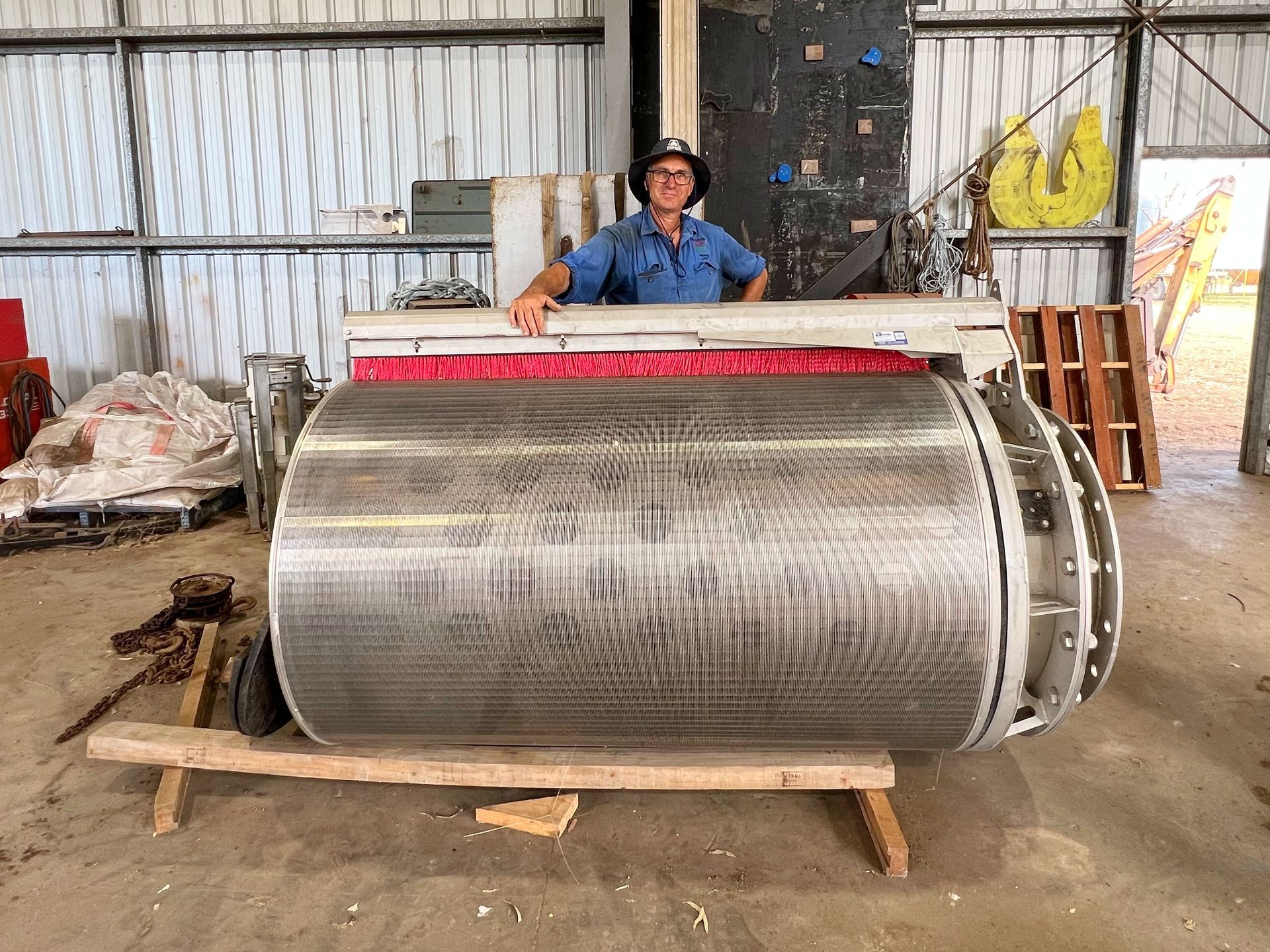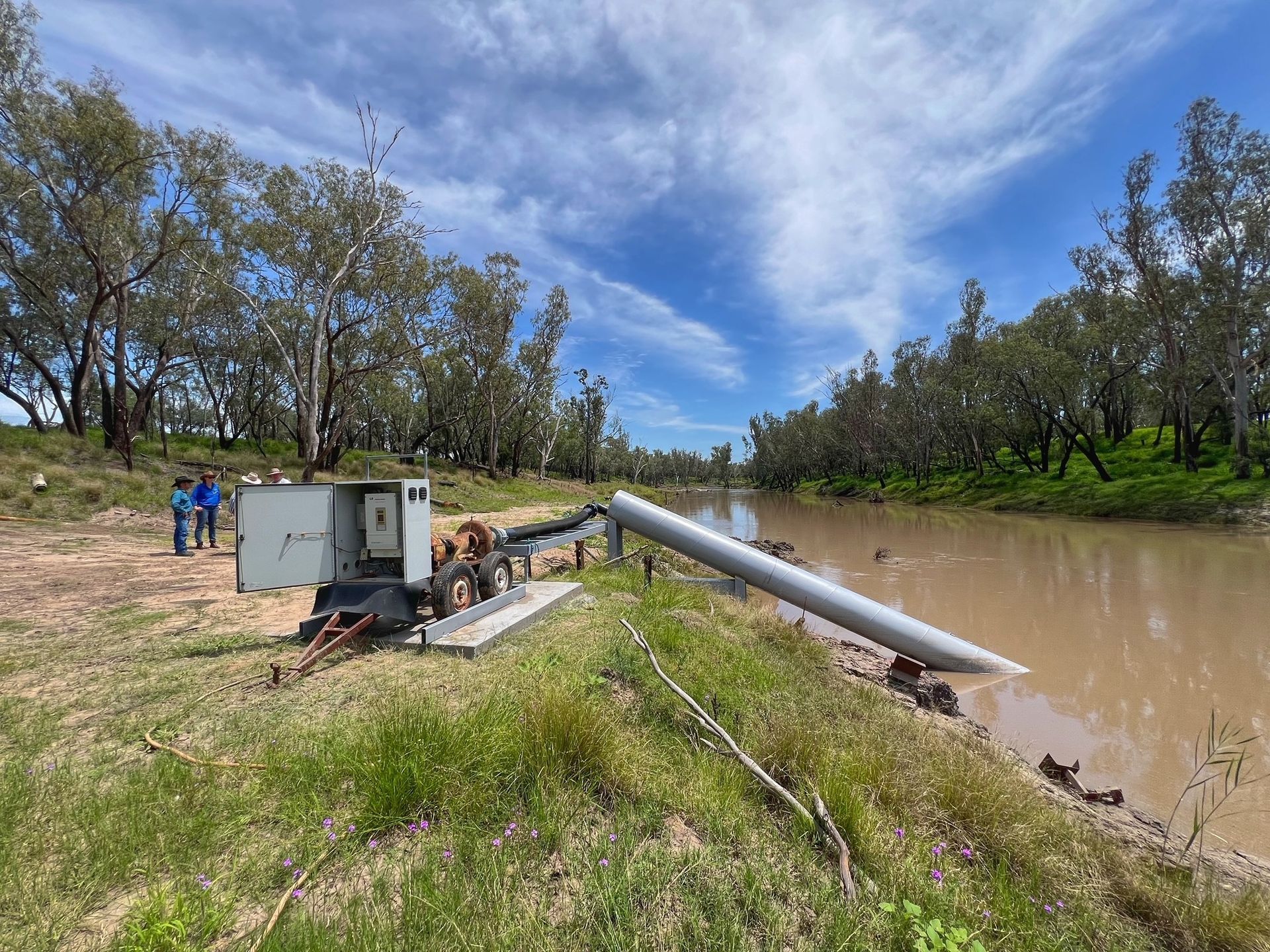“It’s not all beer and skittles,” Mal said.
“People often only see the front of house stuff.
“They don’t see the constant effort and work that’s required to maintain and protect the land during times of drought and fire.
“It’s constant, but it can also be good fun.”
Following the fires, their property had an influx of blackberry and lantana. Leonie said funding provided by the program enabled them to conduct management spraying, a task they wouldn’t have been able to do with a reduction in income following the fires and no income with COVID-19 travel restrictions.
“If you don’t get onto them [weeds], they spread and then it’s an uphill battle,” she said.
“I dread the thought of what would have been here at the end of spring without this support, and the subsequent spraying activity.”
Land manager Phil Bowles echoes these sentiments. His circumstances made him ineligible for financial drought or fire support from the government. His monetary priorities had to focus on feeding his livestock and repairing infrastructure post-fire, with weed management moving further down the ‘what can be done with limited funds’ list.
Invasive blackberry is the main concern on his property. Phil says the unyielding regrowth of weeds is a constant, ongoing battle that is sometimes a struggle to get on top of.
“Weed management is just as important as fire prep is for immediate danger and drought prep is for a dry spell,” Phil said.
“If you’re worth your salt you’re doing it anyway but without the funds, there’s no way I could have afforded it.”
In addition to the financial aid from the program, Phil says the continued contact, information and support from the SQ Landscapes team made a big difference.
“As a farmer, you work from daylight to dusk – if it needs doing, you just do it.
“My hands are hard, and I definitely get tired.
“But I eat the best beef, the best pork and lamb, the freshest eggs and the freshest vegetables.
“You’ve got to love what you do because if you don’t, you just won’t do it.”
As well as assisting with weed reduction and management, the Bushfire Habitat Recovery Program also helped increase the area covered by a Southern Downs Regional Council aerial wild dog baiting event in May 2020, and tracked koala sightings pre- and post-bushfire. Of the 17 properties who took part, six land managers said they have seen koalas since the bushfires, most in a healthy condition and at least one with a joey.
SQ Landscapes Senior Project Officer Natasha Mylonas says government funded programs like the Bushfire Habitat Recovery Program enable resources to get to where they are needed.
“The rapid and targeted approach taken by the Australian Government to roll out this support meant we could just get stuck in," Natasha said.
“Working with the farmers, getting to know them and about life on their properties is something special.
"They are all genuine people who take pride in their patch.
“I’m pleased the program has been successful in aiding those in need after the bushfires, and the coordinated pest and weed control has been a huge positive step towards native species recovery in the area.”
